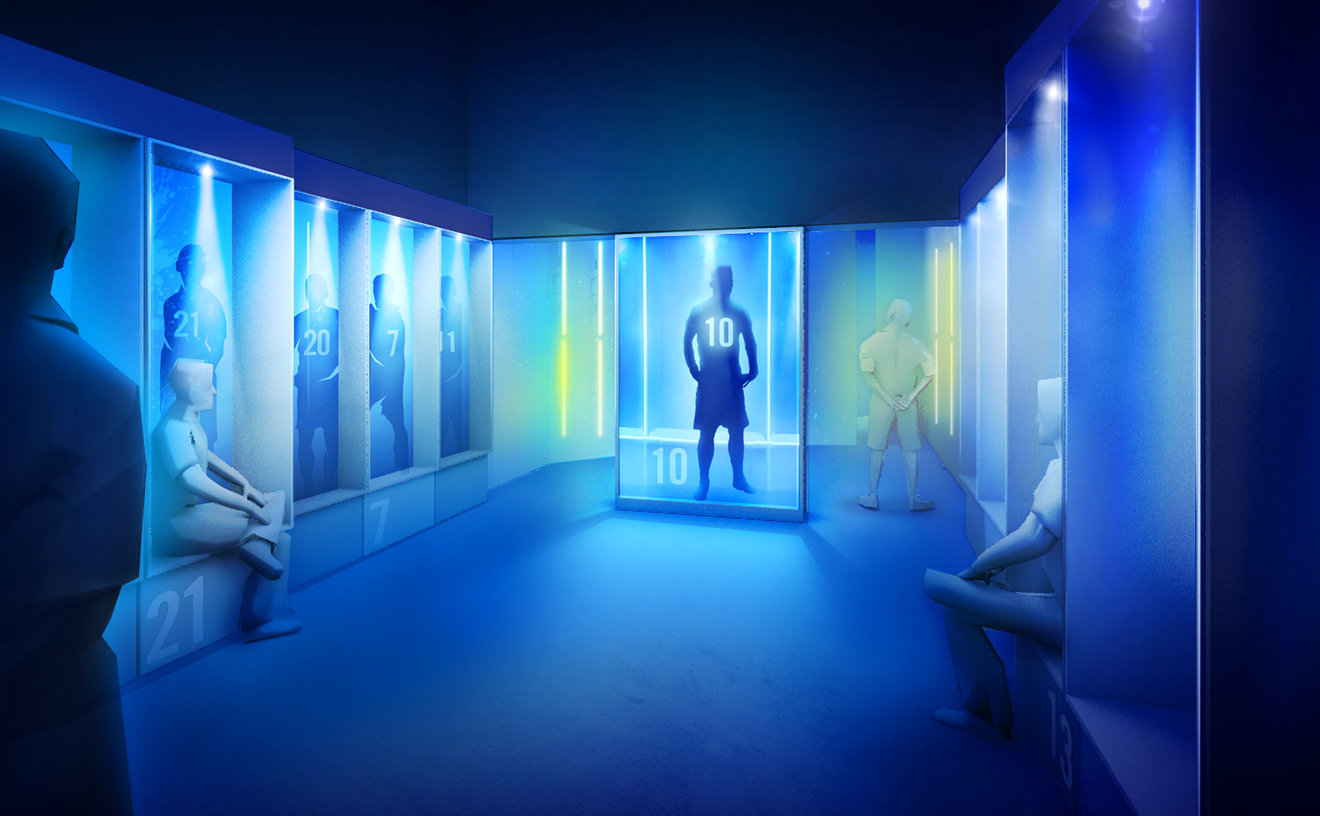Talk about the creative struggle. This weekend, Miami will play host to a group of dancers, known as Ayikodans, who have overcome obstacles more challenging than what most of us can imagine. The company, led by choreographer Jeanguy Saintus, is based in Port-au-Prince, Haiti. Their facility was partially destroyed in the 2010 earthquake and they lost a number of dancers to injury. Others left to the United States, Canada, or Europe. And yet Ayikodans has continued to produce world-class work -- a testament to the strength of the creative spirit.
As part of a fundraising tour, they will be holding a public performance, their Miami debut, on Sunday at the Carnival Studio Theater. While Saintus was preparing for the trip to Miami, we had a chance to speak with him about Ayikodans and his perspective on art and culture.
New Times: What is your dance background?
Jeanguy Saintus: I started dancing here in Port-au-Prince doing classical ballet. At the beginning, I was always interested in my tradition and then I traveled in different places, to the Dominican Republic, Miami, New York, and I took jazz and I did modern, et cetera.
You have some aspects of folklore in your choreography -- which do you like to work with?
Generally, all my dancers are trained first in traditional dances. And myself, when I was old enough to understand the necessity of knowing my culture and my dances, I went to take traditional dance classes and I go regularly to ceremonies, not only to be part of the ceremony like going into church, but to learn the different aspects of trance. Part of my technique is based on trance. Because when I started taking and experiencing contemporary dances, about the falling, the jumping, the use of space, these already exist in our traditional dances. When you're going into trance, the transition is very contemporary.
So you feel that folklore is contemporary?
Trance is contemporary, not folklore. Folklore is folklore. Folklore has been for the tourists to see .... It's too beautiful, like everybody will be smiling. You know, we don't always smile in a country like Haiti.
Is there a particular way that you approach the creative process?
My creative process starts with a lot of things. In 2010 I did a piece called Amwe Ayiti Maman, or "Cry Haiti Cry," that we did after the earthquake. I had only three dancers left at this time, and myself, in the studio rehearsing. We were just talking about our experience - how did we live that experience on January 12. Each dancer is telling his story and we started to put this into movement. And it was a very strong piece.
Has the earthquake changed the way you feel about the work that you do, as an artist?
Yes. I used to be worried about everything. And I am still. But on January 12, I changed. You know, so many people have died. Friends, sometimes family. And the country has changed. Sometimes I would insist (on doing a) certain thing and be depressed if it didn't happen. It's not like I don't care now, but it's not the same thing.
What role are the arts playing now in Haiti?
I know that what I want to do through dance is to show the world that Haiti is not just misery. Haiti is not just about Cité Soleil and coup d'etat and political confusion. I want to show the world the passion and the beauty of Haiti through the arts and especially dance.
I have a project which is the most important project for me that I've been doing since 1988. It's called Danspyenu, It means "Dance Barefoot." It's giving access to people, because here dance, like everywhere in the world, is very elitist. People are trained to say, "okay, they are poor, they need food, and they need this and they need that." (But) when you see the energy of these guys performing it's so wonderful. I think that's what keeps me alive and that's why even when I feel discouraged and I feel depressed, I say okay, I have a good reason. Because these boys, these guys, they need me.
Ayikodans performs on Sunday, May 22 at 7:00 p.m. at the Carnival Studio Theater (1300 Biscayne Blvd., Miami). Indiviual tickets are $35, available through the Arsht Center box office: call 305-949-6722 or visit www.arshtcenter.org.
-- Annie Hollingsworth, artburstmiami.com
Follow Cultist on Facebook and Twitter @CultistMiami.










